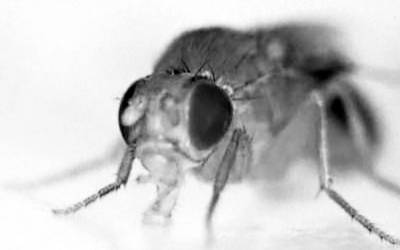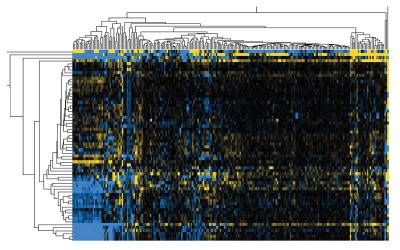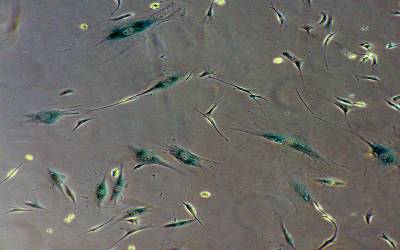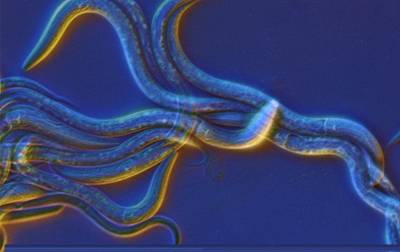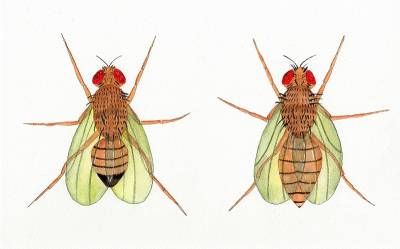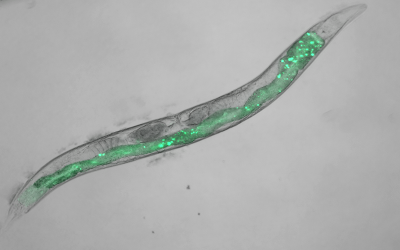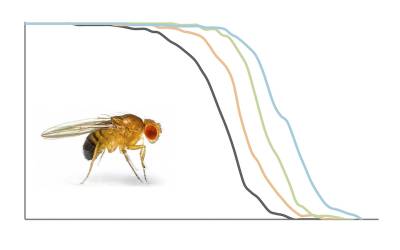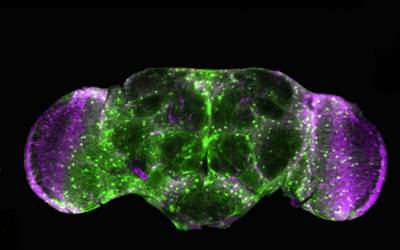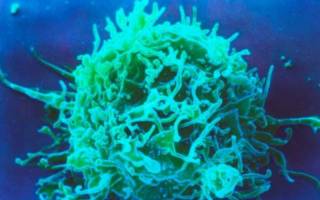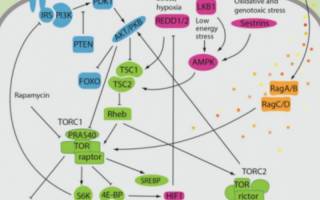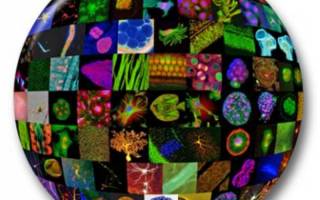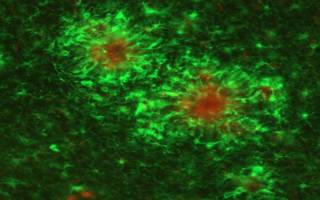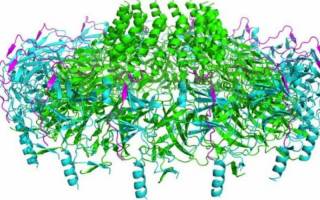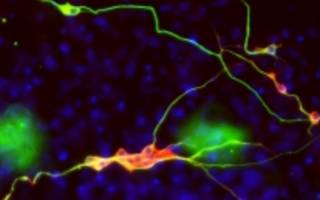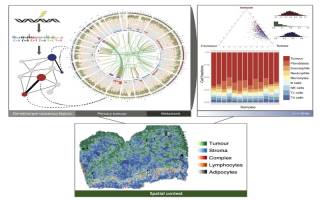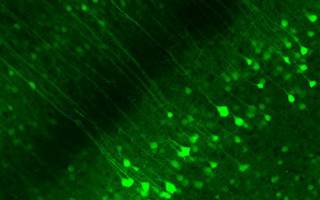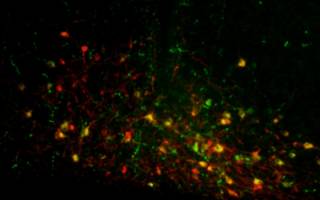Research Strategy and Groups
Scientific Vision
The experience of human ageing is a mixture of light and darkness. On the bright side, advancing age means more years of accumulated experience, bringing wisdom and maturation of character. But on the dark side it brings physical decline and increased incidence of diverse ailments and diseases that lead inevitably and eventual to death. This process of bodily deterioration, referred to by biologists as senescence, is now the main cause of disability, disease and death worldwide.
Senescence is the predominant cause of cardiovascular disease (leading to heart attack and stroke), cancer and chronic obstructive pulmonary disease (COPD, lung disease) which are the three most common causes of death, as well as numerous other conditions, including neurodegenerative diseases such as Alzheimer's and Parkinson's disease, arthritis, macular degeneration (which causes loss of vision), osteoporosis, and many, many more.

What are the biological mechanisms that cause senescence? Remarkably, we still really don't really know, though there are many theories and leads currently being pursued by research scientists, including those at the Institute of Healthy Ageing.
Given that ageing is a very complex process, our main approach is to try to understand it first in simple model organisms such as single celled yeast, nematode worms, fruitflies and short-lived fish. Many aspects of biological function of relevance to human health were first understood using simple, experimentally tractable organisms. It must be possible to understand ageing by similar means.
That different animal species age at very different speed betrays a fundamental truth about ageing: that it is to a large extent controlled by our genes. A major emphasis of work at the Institute of Healthy Ageing is identifying the genes that control senescence and analysing how they work, as a route to understand ageing itself.
An exciting finding from such work is that the rate of ageing and the timing of appearance of diseases of senescence is amenable to manipulation: we can slow down and speed up ageing rate in the laboratory, not only by manipulating the genes that control ageing but also by means of dietary and pharmacological manipulations.
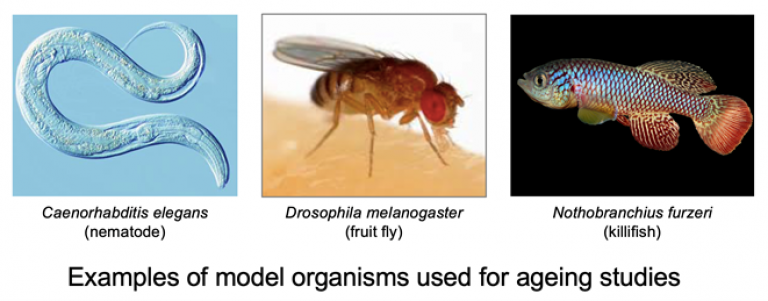
Research at the Institute of Healthy Ageing is working towards a future where preventative therapies can reduce incidence of a wide range of late-life illnesses by intervening in central mechanisms of senescence. Understanding ageing should enable great improvements in late-life health for our future selves and the generations that follow us.
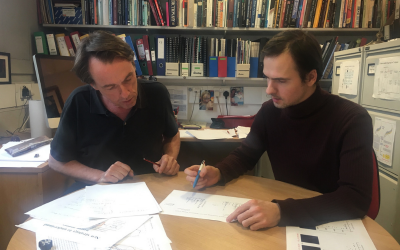
Research Groups
Associate Research Groups
 Close
Close


